Back in March at GTC 2014, NVIDIA announced their forthcoming flagship dual-GPU video card, theGeForce GTX Titan Z. Based on a pair of fully enabled GK110 GPUs, NVIDIA was shooting to deliver around twice the performance of a single Titan Black in a single card form factor.
At the time of NVIDIA’s initial announcement GTX Titan Z was scheduled for release in April. April of course came and went with no official word from NVIDIA on why it was delayed, and now towards the tail end of May the card is finally up for release. To that end NVIDIA sent out a release a bit ago announcing the availability of the card, along with putting up the card’s product page and confirming the final specifications of the card.
| GTX Titan Z | GTX Titan Black | GTX 780 Ti | GTX Titan | |
| Stream Processors | 2 x 2880 | 2880 | 2880 | 2688 |
| Texture Units | 2 x 240 | 240 | 240 | 224 |
| ROPs | 2 x 48 | 48 | 48 | 48 |
| Core Clock | 706MHz | 889MHz | 875MHz | 837MHz |
| Boost Clock | 876MHz | 980MHz | 928MHz | 876MHz |
| Memory Clock | 7GHz GDDR5 | 7GHz GDDR5 | 7GHz GDDR5 | 6GHz GDDR5 |
| Memory Bus Width | 2 x 384-bit | 384-bit | 384-bit | 384-bit |
| VRAM | 2 x 6GB | 6GB | 3GB | 6GB |
| FP64 | 1/3 FP32 | 1/3 FP32 | 1/24 FP32 | 1/3 FP32 |
| TDP | 375W | 250W | 250W | 250W |
| Width | Triple Slot | Double Slot | Double Slot | Double Slot |
| Transistor Count | 2 x 7.1B | 7.1B | 7.1B | 7.1B |
| Manufacturing Process | TSMC 28nm | TSMC 28nm | TSMC 28nm | TSMC 28nm |
| Launch Date | 05/28/14 | 02/18/14 | 11/07/13 | 02/21/13 |
| Launch Price | $2999 | $999 | $699 | $999 |
GTX Titan Z uses 12 power phases (split in half for each GPU), which as we can see mostly reside at the center of the card between the two GPUs. Delivering power to these VRMs is a pair of 8pin PCIe power sockets, which combined with the PCIe slot itself allow up to 375W to be pulled, the card’s TDP.
The first thing that you notice with the Titan-Z is the price tag. We thought that the $1000 price tag of the Titan was incredibly large and insane, that’s nothing compared to the price of the Titan-Z. Apparently Nvidia figured out with the launch of the Titan that they can set prices to whatever they want and people will buy it. Even the Titan Black is currently priced at $1000. Generally dual GPU cards are priced at either twice the price of the GPU they’re based off of or sometimes even less. This time around Nvidia has decided to tack on an extra $1000. The TDP is at 375W, 50% higher than the Titan Black. The only reason to buy this card is if you’re pressed for space and need the most power efficient setup. However, if you’re an enthusiasts gamer, you’d be much better off buying (3) Titan Blacks than this card.
AMD’s 295×2 is priced at $1500 currently, which in the history of dual GPU cards, is still price gouging by $400 at least. That doesn’t bother Nvidia though and they’re still sticking by their $3000 price tag. Their argument is that this card isn’t meant for gaming, it’s more orientated for workstation environments.
Overall, the Titan-Z is a monster card. I believe this is the first reference card that comes in at 3 slots. There have been a few non-reference cards in the past that have had 3 slots, but this is the first done by AMD or Nvidia themselves. The usual suspects have announced Titan-Z models: Asus, Gainward/Palit, Gigabyte, MSI, Zotac, and not to be outdone by anyone, EVGA announced 3 models.
Additionally, EK Water Blocks is on the ball and released their full cover block on launch date:
EK-FC Titan Z directly cools the GPU, RAM as well as VRM (voltage regulation module) as water flows directly over these critical areas thus allowing the graphics card and it’s VRM to remain stable under high overclocks. EK-FC Titan Z water block also features a very high flow design therefore it can be easily used in liquid cooling systems using weaker water pumps.
Base is made of nickel-plated electrolytic copper while the top is made of quality cast acrylic material or POM Acetal (depending on the variant). Screw-in brass standoffs are pre-installed and allow for safe installation procedure. The cooling engine uses refined 0.7mm wide microchannel structure to even further improve the heat transfer while not sacrificing the famous low hydraulic restriction design:
EK also encloses a two-slot I/O bracket which replaces the original three-slot in order to make installation of multiple graphics cards easier.
Up to four EK-FC Titan Z series water blocks can be interconnected with EK-FC Terminal which allows for hassle-free piping job. The product is readily available for purchase through EK Webshop and Partner Reseller Network and comes in three different variants. An aesthetic retention backplate is also available:
| SKU |
Interconnectivity method |
MSRP (incl. VAT) |
| EK-FC Titan Z – Nickel | FC Terminal / HD Tube | 149,95€ |
| EK-FC Titan Z – Acetal+Nickel | FC Terminal / HD Tube | 153,95€ |
| EK-FC Titan Z – Nickel (Original CSQ) | FC Bridge CSQ | 153,95€ |
| EK-FC Titan Z Backplate – Black | 34,95€ |
Lastly and perhaps most surprisingly, EVGA has decided to switch their Hydrocopper partner. Previously they were partnered with Swiftech, but now EK Water Blocks is their manufacturer of choice!
Titan-Z is currently available from Newegg and EVGA’s website.








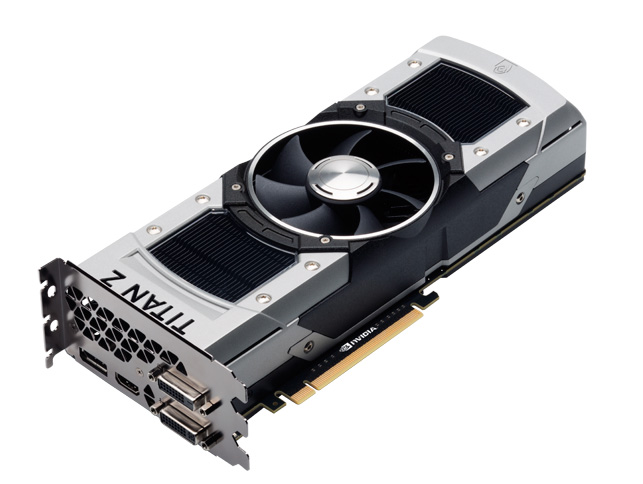
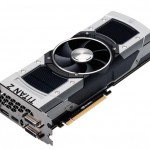
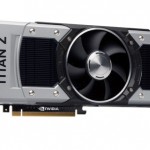
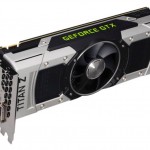
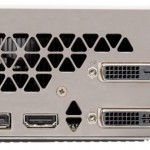
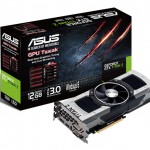
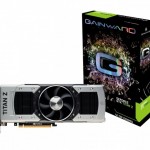
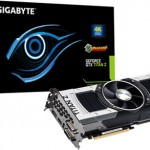
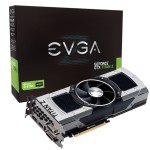
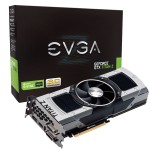
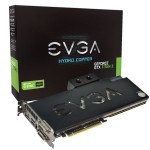
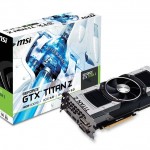
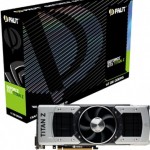
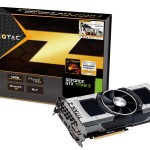
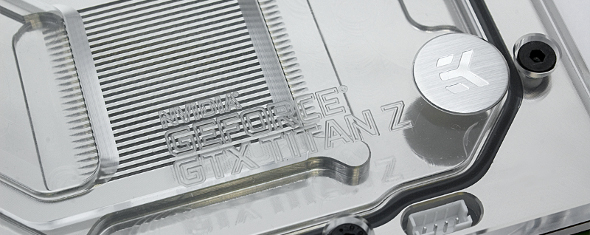
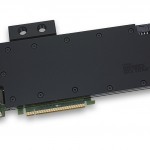
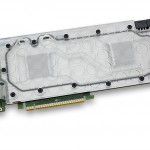
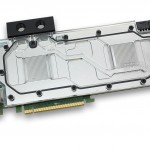

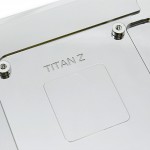
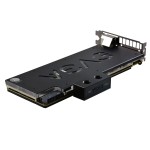
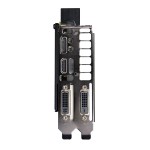
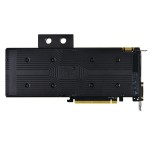

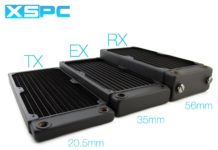


Okay, I just don’t get it.
First the Titan was performing basically the same as the 780, even slightly less.
Yet it was, and still is, more expensive.
So anybody who is going to shell out 3000$ on a card will likely spend 2 minutes on Google and find out the card doesn’t perform better than a pair of 780’s which are half tge price of the Titan Z.
Why bother issuing new cards, which are more expensive, and perform less?
Are their really that many rich and stupid builders out there?
Comments are closed.